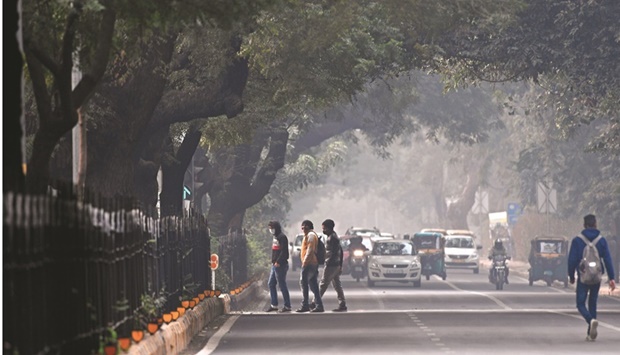The World Bank cut India’s economic growth forecast by a full percentage point, the most for a non-crisis economy in South Asia, citing risks from a global slowdown and the hit to demand from rising interest rates.
India’s gross domestic product will grow 6.5% in the year to March, the Washington-based institution said in its South Asia Economic Focus report released Thursday. That revision, along with a 1.4 percentage point cut to crisis-ridden Sri Lanka’s growth outlook, pulled the region’s 2022 forecast down to 5.8% from 6.8% seen in June, even though the outlook for five other countries in the region were upgraded.
The view on India is sharply lower than the estimate of the Reserve Bank of India, which cut its forecast last month to 7% from 7.2%. While warning that the region faces an unprecedented combination of shocks on top of the lingering scars of the pandemic, the World Bank said some nations were coping better than others, citing the resilience of India’s exports and services sectors.
“The spillovers from the Russia-Ukraine war and global monetary policy tightening will continue to weigh on India’s economic outlook,” the World Bank said. Elevated inflation and rising borrowing costs will affect domestic demand, while slowing global growth will hurt the nation’s exports, it said.
While India’s economy posted double-digit growth in the April-June quarter, the RBI’s aggressive monetary policy tightening is seen as a risk to demand in an economy where consumption accounts for some 55% of growth.
Other Highlights:
n Sri Lanka: Unsustainable debt and balance of payments crisis may continue to have an impact on growth, the World Bank said, adding that a slow debt restructuring process, persistently low external financing support, and a prolonged recovery from the crisis are seen as key downside risks. It sees Sri Lanka’s economy contracting 9.2% in the current year.
n Pakistan: Growth for last fiscal ending June 2022 was upgraded, but it has been slashed for the current year as the recent devastating floods complicate and delay overdue macroeconomic adjustments.
n Bangladesh: Higher inflation and rolling electricity blackouts dampen the recovery for the nation. Slow export growth and rising input costs may weigh on manufacturing output. The South Asian economy is estimated to have expanded 7.2% in fiscal year ending June 2022.

Commuters cross a road amid smoggy conditions in New Delhi (file). While India’s economy posted double-digit growth in the April-June quarter, the RBI’s aggressive monetary policy tightening is seen as a risk to demand in an economy where consumption accounts for some 55% of growth.


